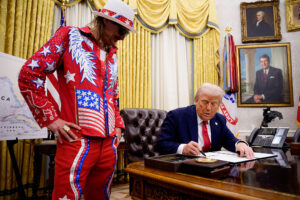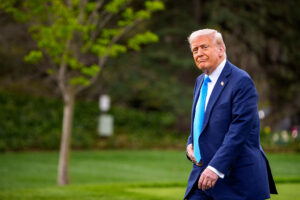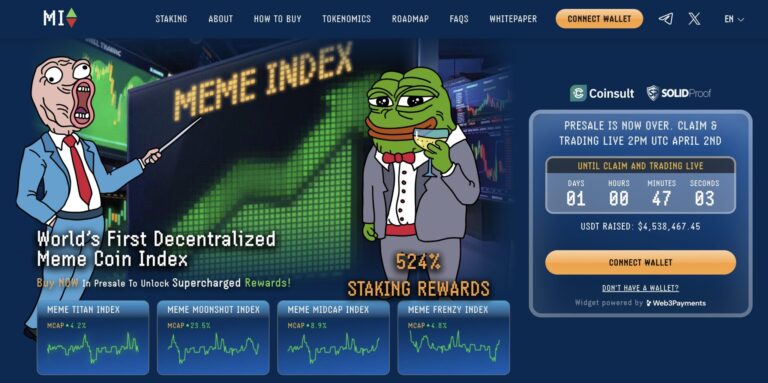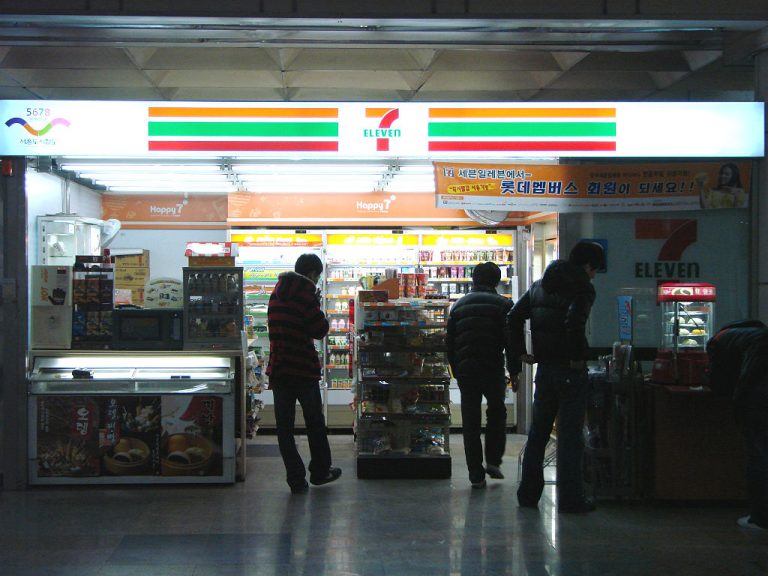Based on the photos of Obama kiteboarding off the coast of billionaire Richard Branson’s private island in the Caribbean, few of us will ever have the chance to vacation like our former president. But by examining the daily habits he developed over his eight years in one of the most intense working environments in the world, we can all learn how to work like Obama. This Presidents Day, whether you’re a creative professional, budding entrepreneur, or seasoned CEO, studying Obama’s modern approach to the pressures of presidential life will provide you insights into how you too can better manage the stress and responsibilities in your own day-to-day. Put Your Body to Work: Obama started most days of his presidency with 45 minutes in the gym, alternating between lifting weights and cardio. It was a way to clear his mind and prime it for the day to come, especially since he steered clear of caffeine. Obama told journalist Michael Lewis, “You have to exercise, or at some point you’ll just break down.” The Lesson: Although it doesn’t have to be as soon as you wake up, all of us need to incorporate exercise in our lives. Studies show that the simple task slows aging, and improves cognition, among a slew of other benefits. Preserve Decision Making: Look back at pictures of Obama over the course of the presidency and you may notice that he is usually wearing a blue or gray suit. Using the latest neuroscience findings, our former president attempted to extract all the little decisions one makes in a day (what to wear and eat, for example) so that he could avoid “decision fatigue,” and have more energy to decide on the life-or-death matters that come with leading a country. The Lesson: Form habits and routines that eliminate tiny and inconsequential decision from your day, so you can focus on the important stuff. Understanding How You and Others Think: Obama recommended reading Daniel Kahneman’s book about decision-making, Thinking Fast, and Slow to better understand why and how people make decisions. In the book, Kahneman, a Nobel Prize-winning psychologist, explains the pros and cons between going with your gut (called a System 1 thinker, like George W. Bush) and thinking things through (or System 2 thinker, like Obama). The Lesson: Knowing your biases and approach to decision making, allows you make better decisions and understand competitors, partners, and employees’ mindset. Compartmentalize to Survive: Obama became a master of compartmentalizing his time and focus over the course of his presidency. There’s no better example of his skill than the 2011 White House Correspondents Dinner, where, just before Obama got up to poke fun at our current president for his insistence that was not a U.S. citizen, he had just ordered the raid to capture Osama Bin Laden. The Lesson: Have the discipline to compartmentalize the challenges and roles you need to play in your professional life. Seek Advice: Obama is known for tapping experts from a wide range of disciplines, like Reid Hoffman, John Doerr, and Malcolm Gladwell for advice for his presidency and beyond. And although not all of us have the ability to set up meetings with famous writers and venture capitalists, we can consult our networks to get different perspectives and strategies. The Lesson: Broaden and nurture your network. Communicate Decisions Clearly: Obama utilized a memo system with his aides, so that majority of them would come with three options: agree, disagree, or discuss. Stating clearly and concisely about how he felt about each issue allowed the president to communicate his decisions to his staff more effectively. The Lesson: If you have people relying on your decision, make sure you are clear in both what your decision is and the way you communicate it. Be Prepared and Punctual: Unlike some other presidents (former and current), there was rarely a memo that passed by Obama’s desk that he didn’t read. Obama’s economic advisor, Larry Summers, stated it was a certainty that if someone had a meeting with the former president and had sent him a memo, he would have read and understood it, and would be irritated if the author tried to explain it. Obama would start the meeting on time, and end the meeting on time. The Lesson: Time is your most precious resource. Don’t waste yours or others because of a lack of discipline and expectations. Make Time for Family: Nearly every night of his presidency, Obama would sit down with his family at 6:30 p.m. to have dinner, despite the constantly emerging crises around the world. Obama would reconnect with his daughters and the First Lady to find out about their day and decompress. The Lesson: If the president can make time for his family, so should the rest of us. Focus on Others: Good entrepreneurs know that the best way to evolve a company or product is to not only listen to your staff, but, most importantly, the end users themselves. Obama had his aides sort through his mail to choose ten letters that he would read each day. The Lesson: Know your customers and develop strategies to make sure you hear them no matter how high up you rise. Find Some Me Time: Maybe it’s the early morning, or the late afternoon, when you can finally attend to all the built up items on your to-do list, but for Obama, the self-proclaimed “night guy,” it’s the wee hours — that distraction-free time when he could hide away in the White House’s Treaty Room. There, he could take his time fine-tuning speeches, watching ESPN, or playing Words With Friends. He also went out of his way to read fiction and history, which gave him perspective and an escape from the daily grind. The Lesson: Find time every day to get away from work, rejuvenate, and put your mind in a different space.















